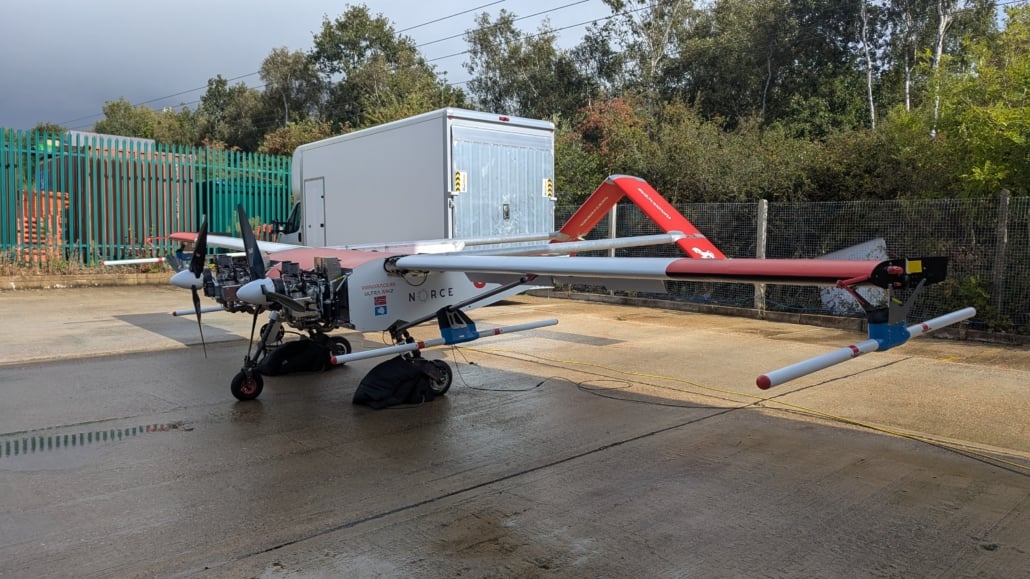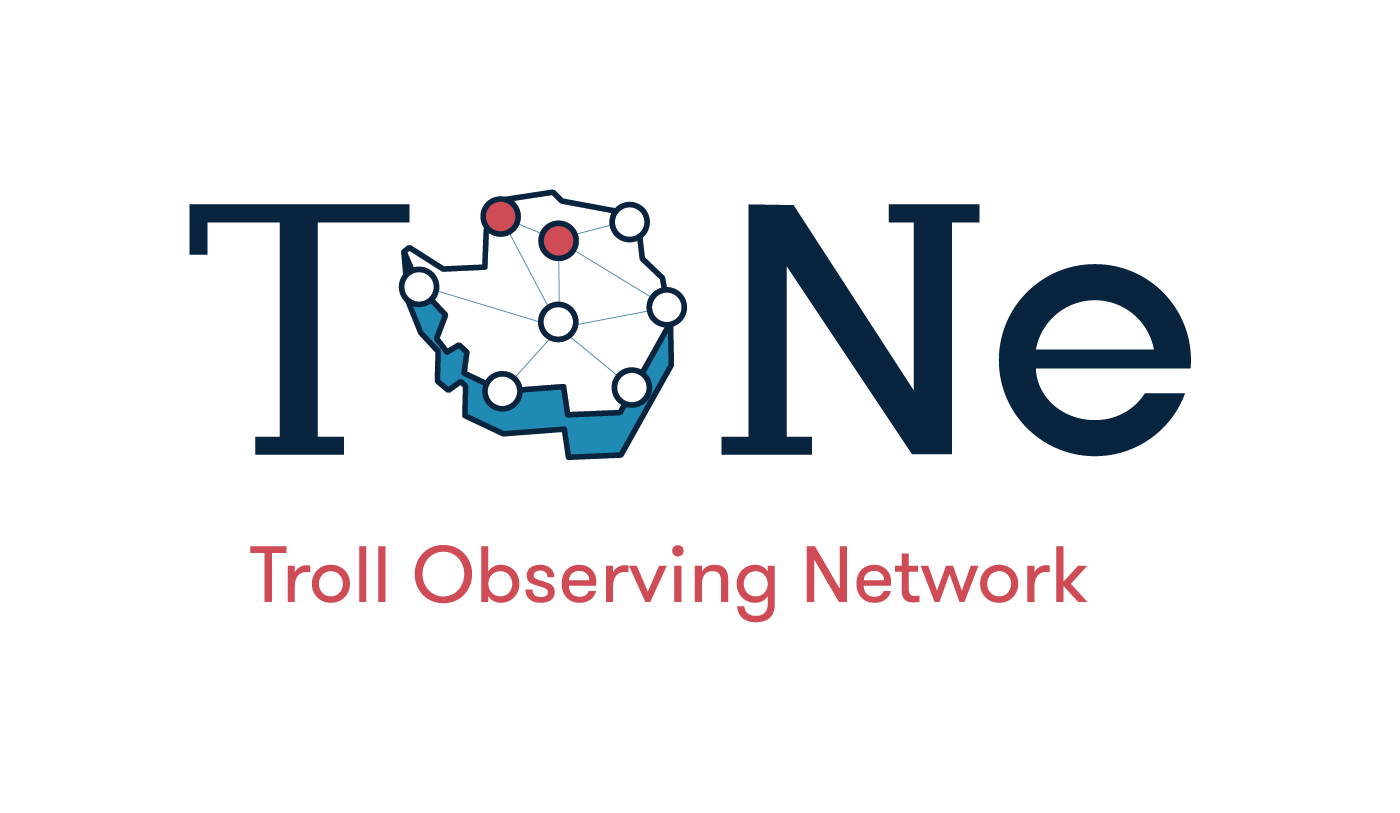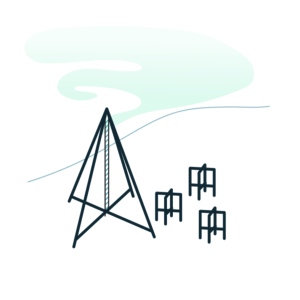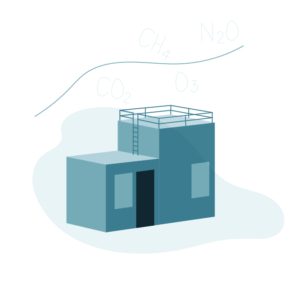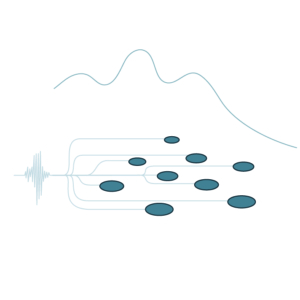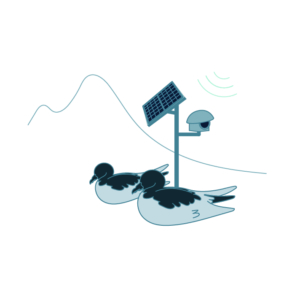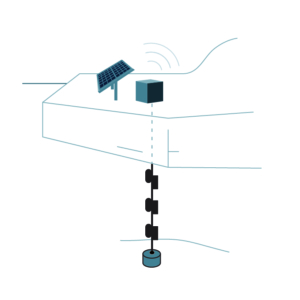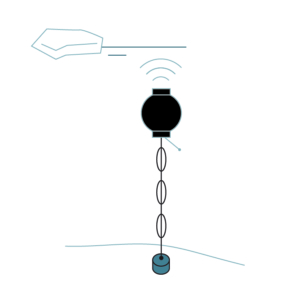Antarctica and the surrounding Southern Ocean are key drivers of Earth’s oceanic and atmospheric systems. Our entire planet is interconnected with, and greatly influenced by, processes originating in the far south.
We will not be able to fully understand how the Earth system works without comprehensive and up-to-date knowledge of the physical, biological, chemical and geological processes taking place there. An extensive observation and data gathering effort is required across the entire Antarctic continent and its surrounding ocean to gain the necessary knowledge needed.
The Troll Observing Network (TONe) is a comprehensive infrastructure network that aims to contribute significantly to this goal. It is centered at the Norwegian Antarctic research station Troll and focused on the Dronning Maud Land (DML) region, a region of Antarctica with relatively little observational data available.
Partners in TONe
The initiative is spearheaded by the Norwegian Polar Institute, in collaboration with an additional five Norwegian and three international partners.
Contact

Christina Alsvik Pedersen
Senior adviser
Project leader TONe

Birgit Njåstad
Programme leader, Antarctic
Follow TONe in social media
TONe-ICO (blog)
Documents
- A contribution to improving observations in the data-sparse region of Dronning Maud Land, Antarctica (2024)
Annual reports
- March 2024–March 2025 (PDF, 3,9 MB)
- March 2023–March 2024 (PDF, 1,8 MB)
- March 2022–March 2023 (PDF, 1,8 MB)

